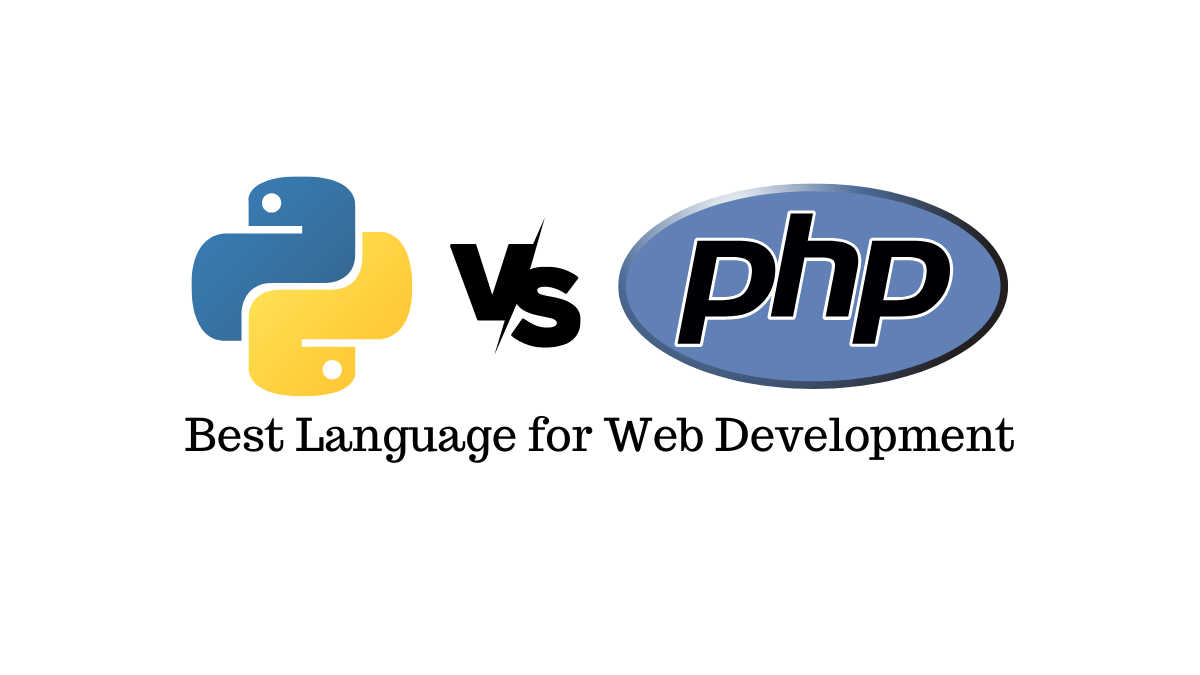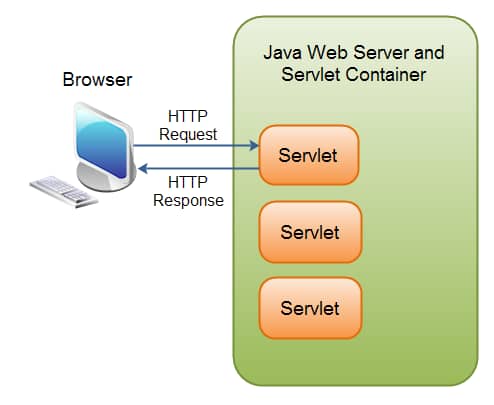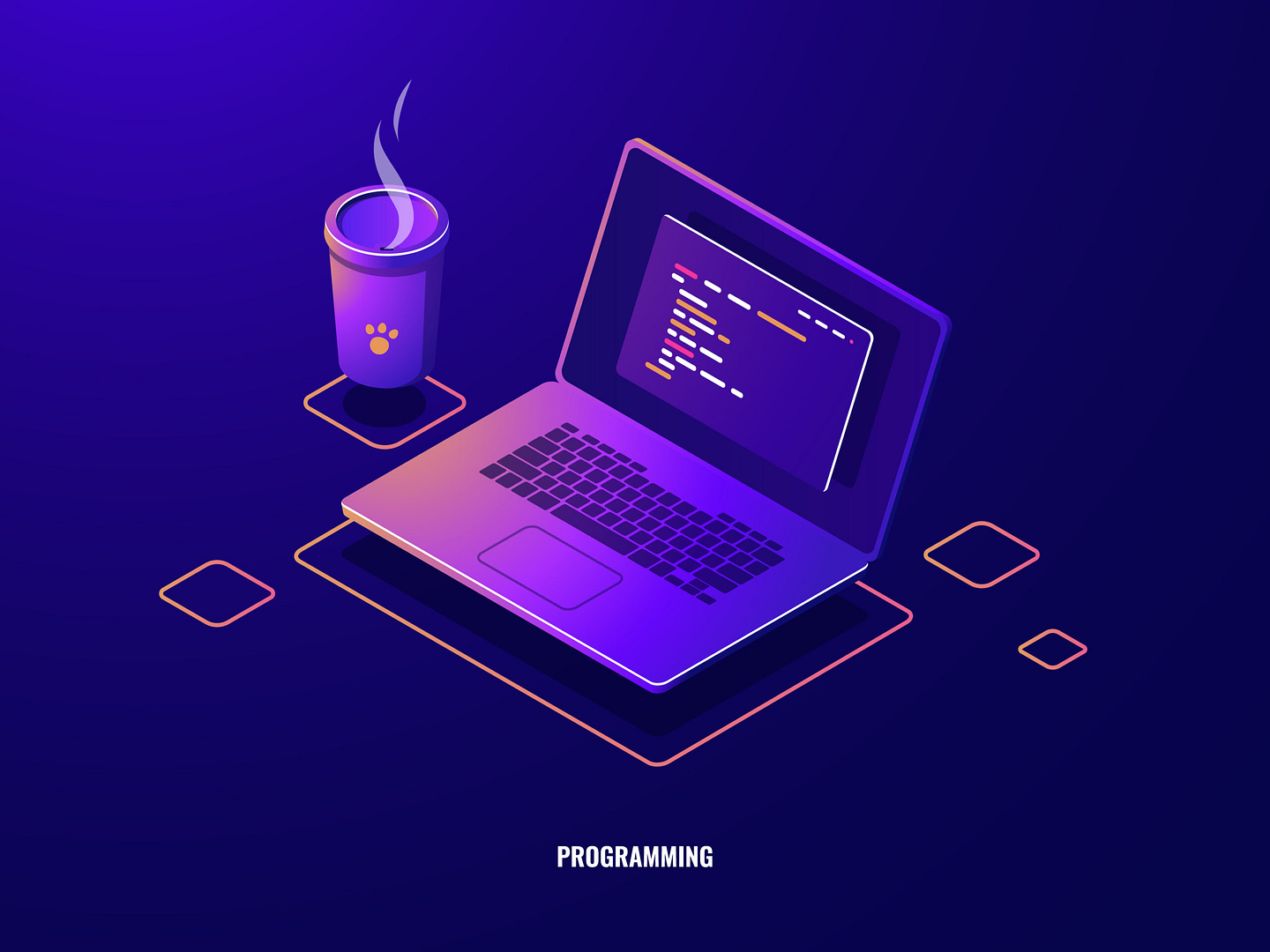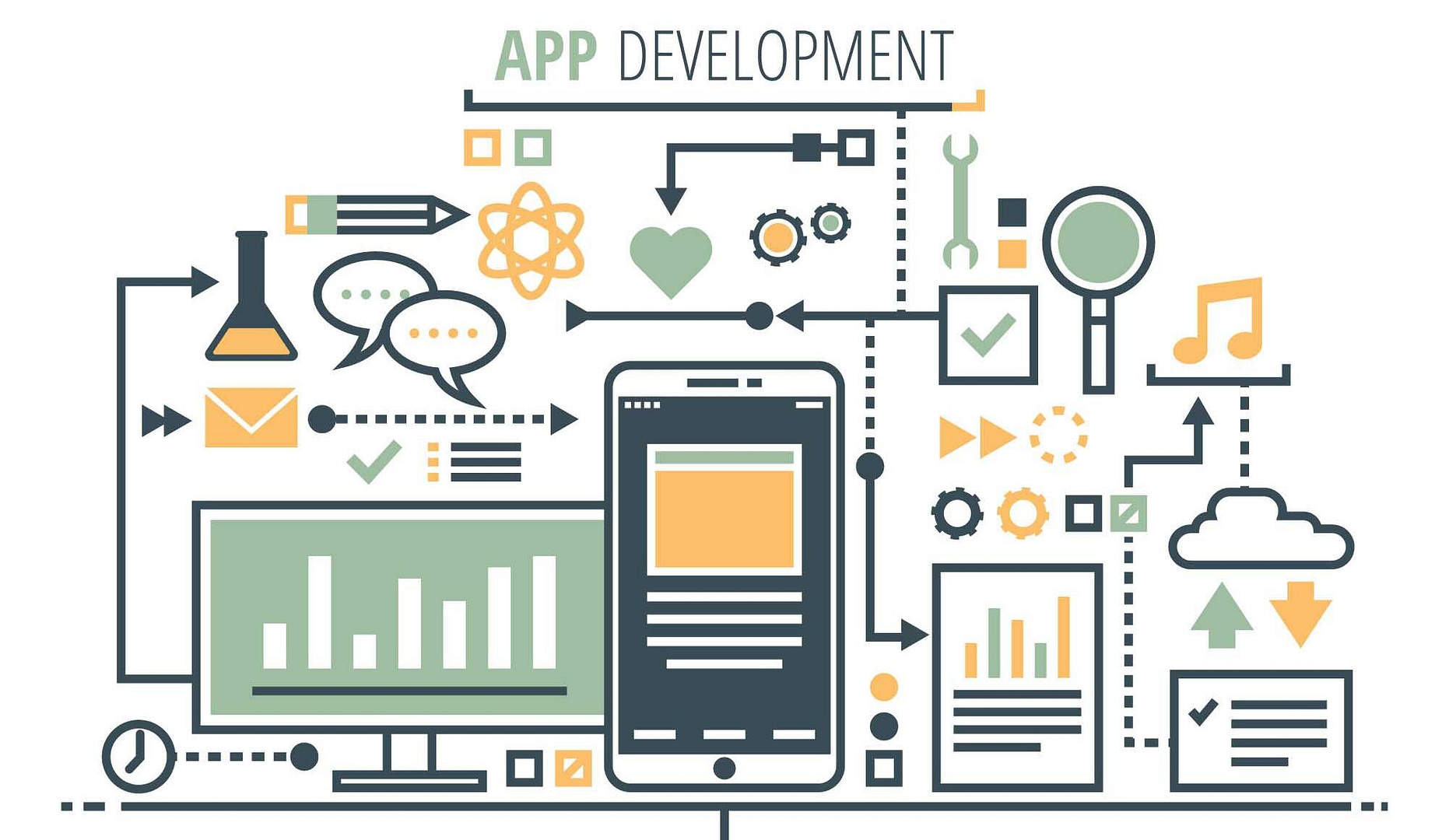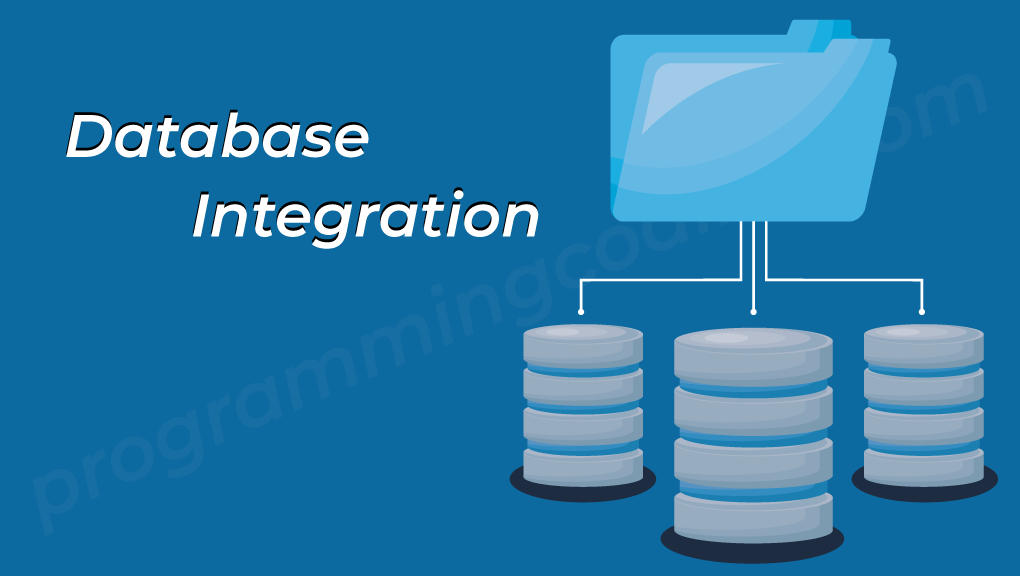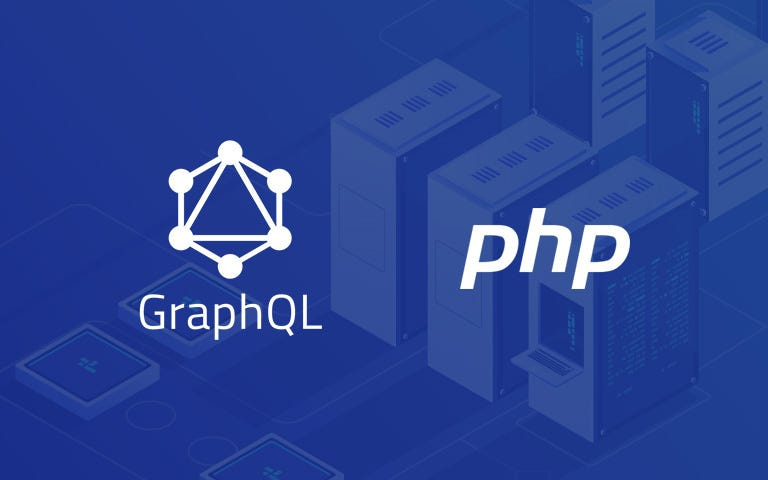
Blog Articles
Integrating GraphQL with PHP: Efficient Data Querying
Table of Contents
In the ever evolving landscape of web development, the pursuit of efficiency and flexibility has led to the adoption of GraphQL, a robust query language for APIs that revolutionizes data querying. This blog post serves as a comprehensive guide, navigating developers through the integration of GraphQL with PHP. By establishing this connection, developers can lay the groundwork for a more efficient and personalized data retrieval system with full stack php, enhancing the overall performance and adaptability of web applications.
Understanding GraphQL:
GraphQL stands out as a powerful API query language, offering a paradigm shift from conventional REST APIs. Unlike REST, where fixed endpoints determine the structure of responses, GraphQL API allows clients to precisely articulate their data needs. By putting control in the hands of clients, GraphQL promotes dynamic and efficient communication with servers, eliminating over fetching or under fetching of data. This approach not only optimizes data transfer but also streamlines development by providing a flexible and tailored mechanism for fetching and updating information, ultimately enhancing the overall efficiency and responsiveness of web applications.
Understanding PHP:
PHP, a server side scripting language, is a versatile and widely used tool for web development. Known for its simplicity and ease of integration with HTML, PHP enables the creation of dynamic and interactive web pages. It supports a vast range of databases, making it a popular choice for building dynamic websites and web applications. PHP excels in handling form data, processing user input, and interacting with databases, contributing to its enduring popularity in the development community.
Setting Up the Environment:
Before delving into integration, ensure that you have PHP installed on your server and a compatible database such as MySQL or PostgreSQL. Composer, the PHP dependency manager, will be instrumental in installing the necessary GraphQL packages.
|
1 2 |
composer require webonyx/graphql-php composer require webonyx/graphql-tools |
Creating a Simple GraphQL Server:
Begin by setting up a basic GraphQL server using PHP. Leverage the webonyx/graphql-php library to define your schema, resolvers, and execute queries.
Implementation example:
Enhancing with Resolvers and Data Sources:
As your application grows, incorporating resolvers and data sources becomes crucial. Resolvers handle the logic for each field in your schema, while data sources fetch data from various backends. Integrate these components to provide meaningful responses to GraphQL queries.
Leveraging GraphQL in Frontend:
Once your GraphQL server is up and running, integrate it into your frontend applications. Popular libraries like Apollo Client for JavaScript make it seamless to send queries to your PHP based GraphQL server.
Conclusion
Integrating GraphQL with PHP empowers developers to build efficient and flexible APIs that cater precisely to client needs as a full stack php. By following this guide, you’ve taken the first steps in creating a GraphQL server using PHP, enabling dynamic and tailored data querying for your applications. As you delve deeper into GraphQL with Innostax, explore advanced features, authentication, and real world use cases to unlock the full potential of this innovative technology in your PHP based projects. Happy coding!

Get a Fast Estimate on Your Software Development Project
We are committed to delivering high-quality IT solutions tailored to meet the unique needs of our clients. As part of our commitment to transparency and excellence, we provide detailed project estimations to help our clients understand the scope, timeline, and budget associated with their IT initiatives.
Related Post
